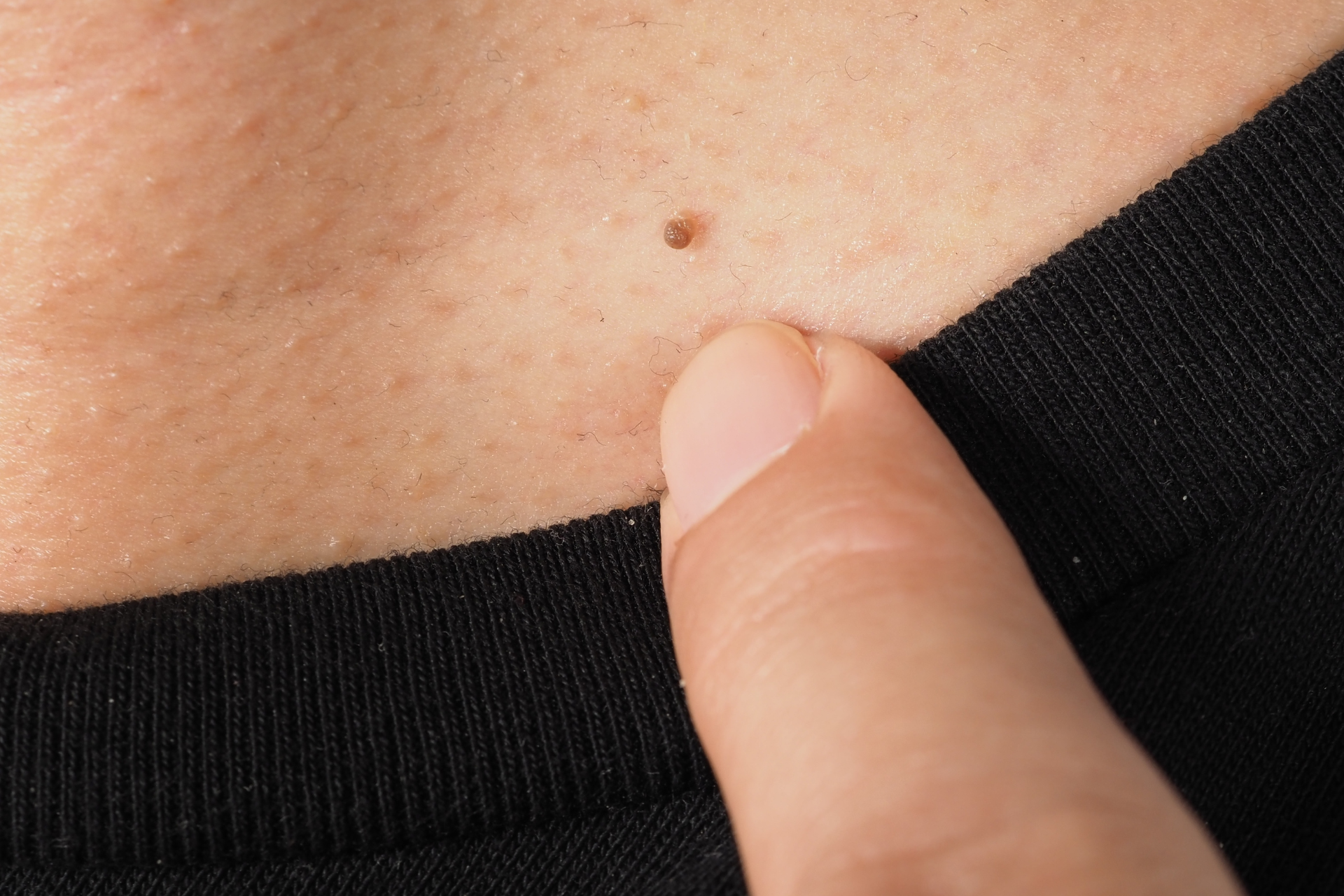What Do Warts Look Like? Identifying the Different Types

Warts are benign growths on the skin caused by the human papillomavirus (HPV). These common skin conditions can appear on various parts of the body and can vary significantly in appearance. At Fall Creek Skin and Health Clinic, we are dedicated to helping patients of all ages understand skin-related issues, including warts. In this post, we’ll look at the different types of warts and their characteristics, providing you with the knowledge to identify them.
1. Common Warts
Common warts, or verrucae vulgaris, are typically found on the fingers, hands, and elbows. These warts often have a rough, raised surface that resembles a cauliflower. They are usually gray or brown and may have tiny black dots on the surface; these dots are small blood vessels that have clotted. Common warts are most prevalent in children and can often be spread through direct contact or by touching surfaces where the virus is present.
2. Plantar Warts
Plantar warts appear on the soles of the feet and are characterized by their hard, flat surface. Unlike common warts, plantar warts can be painful, especially when walking or standing. They often have a thickened layer of skin over them, and when cut away, they may reveal tiny black spots similar to common warts. Plantar warts develop in response to pressure on the feet and are also caused by HPV. They can spread through direct contact with surfaces like pool decks or locker rooms.
3. Flat Warts
Flat warts, known scientifically as verrucae planae, are smaller and smoother than their common counterparts. They can appear in clusters and are commonly found on the face, neck, and backs of the hands. Flat warts have a slightly elevated surface and are commonly skin-colored or light brown. Although they are less noticeable, they can be quite itchy and may occur in individuals of all ages, particularly younger ones.
4. Filiform Warts
Filiform warts are elongated and thread-like, typically appearing on the face, especially around the eyes and mouth. They can be flesh-colored or slightly darker and often protrude from the skin, resembling tiny stalks. Their unique appearance makes them easily identifiable. These warts are generally painless but can become irritated, particularly if they're located in areas prone to friction.
5. Genital Warts
Genital warts are a specific type of wart caused by certain strains of HPV. These warts appear around the genital area, including the vulva, vagina, cervix, penis, and anus. They may be flat or raised and can vary in size, often appearing in clusters. Genital warts require medical attention and management, as they are associated with a higher risk of certain cancers. It's essential to consult with a healthcare provider if you suspect genital warts.
Conclusion
Identifying the type of wart you may have is crucial for effective treatment and management. While warts are generally benign and may resolve on their own, some may require intervention, especially if they become bothersome or painful. At Fall Creek Skin and Health Clinic, we offer affordable solutions and expert care for all skin-related issues. If you have questions or concerns about warts or other skin conditions, don’t hesitate to contact us for a consultation. Understanding your skin health is our priority, ensuring you feel comfortable in your own skin.




